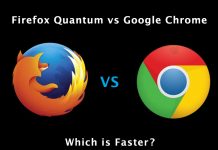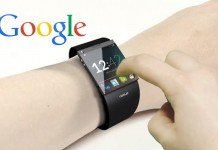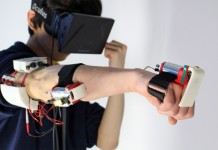The first keynote speech of Google I/O is always interesting to follow. The speech details some of the latest new creations of Google, along with updates, new products, and development kits. The speech shows the general direction of Google as a whole, which is why you can tell a lot about the future from this keynote speech.
So, what about Google I/O 2018? Google announced a lot of things on the first day of the event, including the introduction of Google Duplex and AR for Google Maps. These details paint a clear picture of what to expect in the near future. Let’s have a look, shall we?
More AR

Augmented Reality or AR isn’t something new, but a seamless implementation of AR into an existing solution is a concept that many are still trying to perfect. After seeing the use of AR in Google Maps, many developers are convinced that the future is finally here. AR is here to stay and Google has implemented it into Google Maps in a seamless way.
When you activate turn-by-turn navigation for walking, you will get a special interface that divides the screen into two. The bottom part displays the map and your orientation, making it easier to navigate the street while walking. The upper part, on the other hand, displays a feed from the camera and some AR elements.
Google Maps doesn’t just add directions to the feed. It can actively display stores and restaurants cards in an accurate way. Tap on any of the displayed cards and you can get more information about the store in a second. There is even an animated fox guiding you to your destination if you want extra help.
Google Duplex
Ethical questions aside, I think it is safe to say that Google’s AI has passed – or at least is very, VERY close to passing – the Turing test. During a demo for Google Duplex, you see the AI adding pauses and breaks to sentences in a natural way. The person on the other end of the conversation doesn’t even notice that they are speaking to a robot.
The implication of Google Duplex when it is eventually released to the market is huge. Making reservations and booking appointments is barely scratching the surface. The AI is capable of handling complex conversations and parsing responses at incredible speed, so a fully-conversational digital assistant isn’t that far off.
New Material Design
The changes to Google’s Material design, now known as the Material theme, is also interesting to follow. You can read more about coding in Material design and its implementation so far before checking out the latest changes. This allows you to see the general direction that Google is trying to reach.
YOU MAY LIKE: 5 Predictions For Bitcoin in 2018 and 2019
The new Material theme is more humane and adds touches of personalization to its simplicity. This new design guideline can already be seen being used on Gmail and other newly updated Google products. Give them a try and see if you notice the subtle differences in the way Google handles user experience and user interface in general.
















































